
Racing games have always been synonymous with fancy graphics, and the Forza Horizon series is no different. There’s something extremely exhilarating and adrenaline-inducing about flying past scenic vistas at a hundred miles an hour in a car teeming with reflective surfaces, all while some good music plays in the background. Playground Games’ Forza Horizon has continuously flirted with this fantasy for almost a decade now and stands tall among its contemporaries for a multitude of reasons including its sheer graphical prowess. Keeping that in mind, we take a look at the complete graphical evolution of the Forza Horizon series all the way from its humble beginnings on the Xbox 360 to the upcoming Forza Horizon 5.
Forza Horizon 1
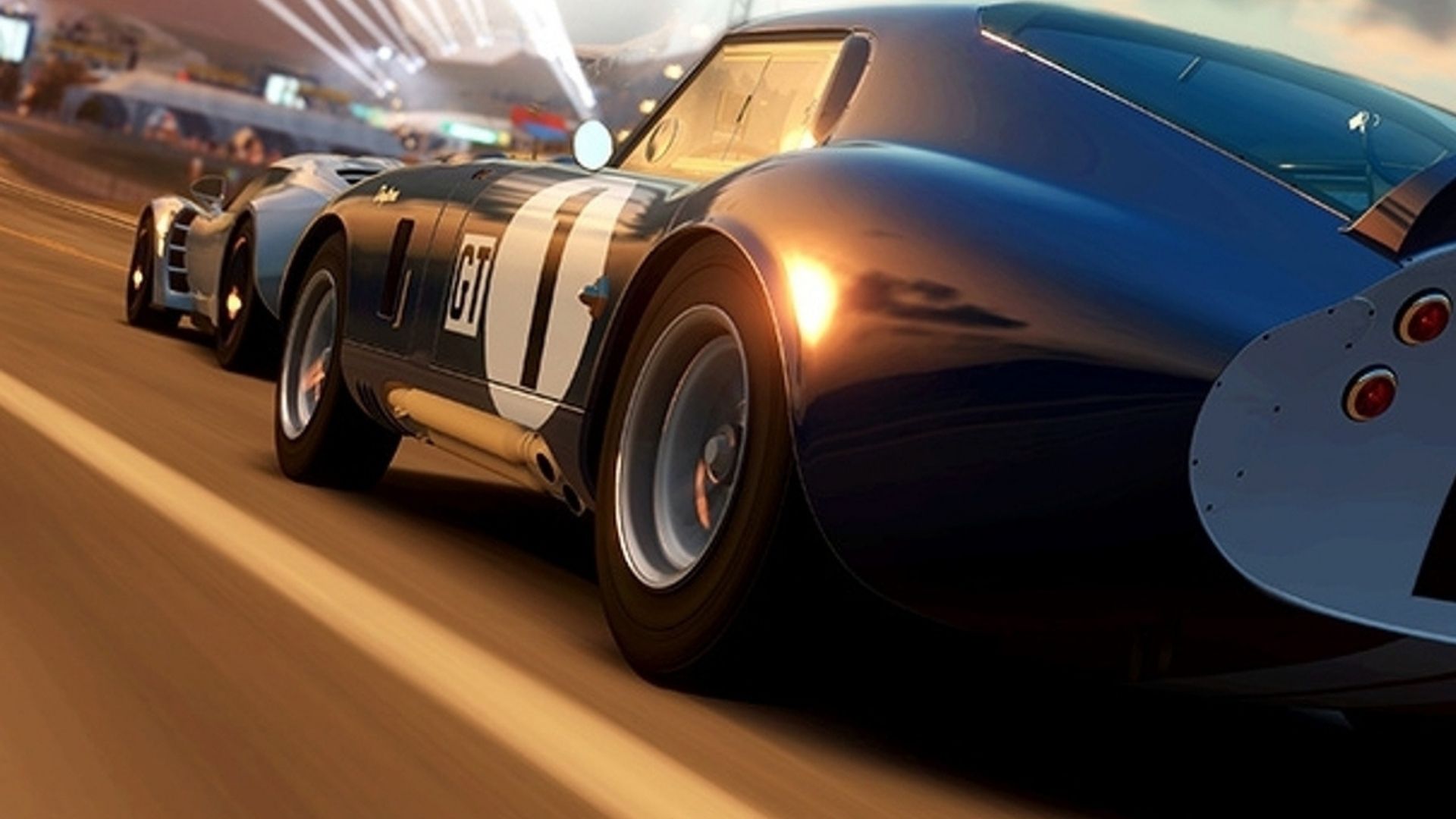
Microsoft really dominated the gaming landscape with the Xbox 360, which can be attributed to a far more developer-friendly system architecture that made it relatively easy to work with. While the PS3 did have an incredibly powerful Cell chip, it was extremely difficult to write code for and the hard limit on the distribution of memory between CPU and GPU made lives even more difficult for developers. Microsoft’s first-party produced a bunch of stellar games that showcased what the console was capable of, and Playground Games did exactly that with its debut title, the original Forza Horizon.
Releasing in 2012 right before 343 Industries dropped the system’s swansong exclusive Halo 4, Forza Horizon was incredibly well-received on account of its beautiful open-world and remarkably different feel from the simulation-oriented Forza Motorsport series. Utilizing an updated version of Turn10’s proprietary engine, Forza Horizon renders a crisp 720p image with a steady 30fps cap that rarely falters. Topping off the native 720p resolution is 4x MSAA anti-aliasing which ensures that any and all rough edges are smoothened out.
The original Forza Horizon is set in a fictionalized recreation of Colorado, and features some great draw distances for its time. The seemingly low level of details far off are smartly masked off by the motion blur, but the overall terrain looks a lot barren with a number of canyons and plains su. The original Forza Horizon does feature a relatively drab color palette as compared to its successors. While this is a mostly artistic choice incredibly common within the games of the time, some fans still swear that the game is all the better for it as these darker colors hide any inconsistencies with detailing that might crop up with the relatively weaker hardware.
Forza Horizon 2
Almost two years after the release of the first game, Playground returned with a sequel to its fan-beloved IP. Interestingly enough, Forza Horizon 2 stands to this day as the only cross-gen release in the release. Of course, the added strain of porting the game over to a last-gen machine means that sacrifices need to be made. Sumo Digital did a smart job at nailing the basics right, with the Xbox 360 version of Forza Horizon 2 running extremely well with a solid 30 fps cap. While the game did utilize the original Forza Horizon’s engine written for the Xbox 360, it still looks and feels similar to its bigger brother on the Xbox One.
There are a lot of improvements that players will notice while jumping from Forza Horizon to Forza Horizon 2. Running at a pristine resolution of 1080p, the game flaunts its high-resolution textures, reflections, and a bevy of post-processing effects that all serve to accentuate the now-brightly lit environments. Given the Xbox One boasts more than 10 times the memory of the Xbox 360, it’s quite obvious that the level of detail within the environmental assets themselves has also received a significant boost. The difference is quite stark actually, which can be easily seen from a simple comparison screenshot between the two games.
The choice of Northern Italy as the setting has a lot of impact on the art direction, with terrestial variety being a noticeable step up from the original. There’s plenty of bloom during the daytime, and the game can look really gorgeous when all graphical cylinders fire in harmony. The samll roadside towns also have some interesting architecture, which all adds towards making its world more alive and beautiful.
In terms of performance, Forza Horizon 2 still runs at a mere 30 fps though, which rubbed many the wrong since Turn 10’s Forza Motorsport 5 ran at a steady 60 fps with arguably higher levels of details. Of course, there’s always the fact that Forza Horizon is an open world that requires rapid asset streaming as players are expected to be zooming across the lands in some of the speediest cars the series had to date while Forza Motorsport features static race-courses which allow the developers to optimize the environments accordingly, which by extension frees up the GPU to pump more frames comfortably within a second.
Forza Horizon 3
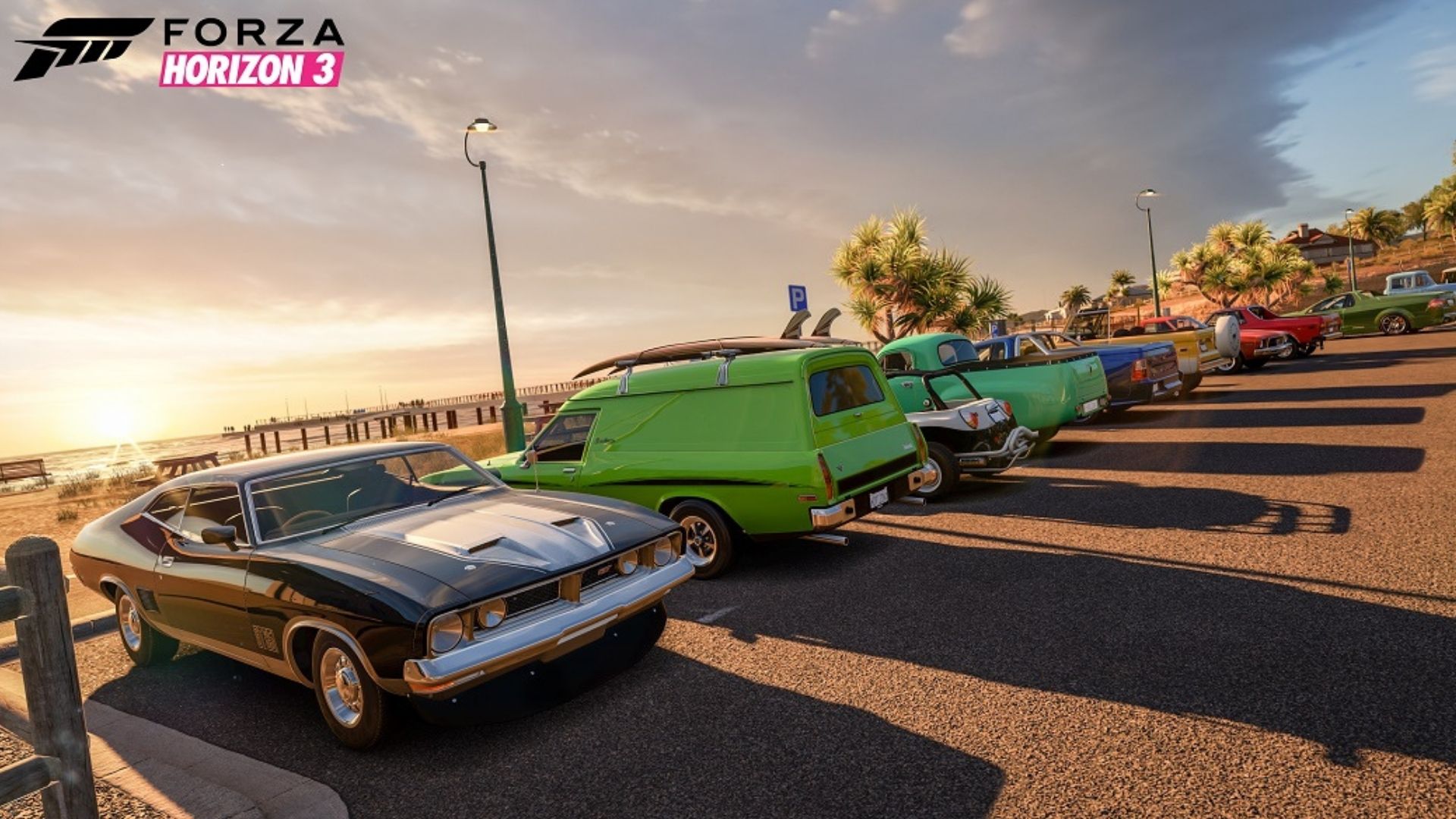
After another gap spanning 2 years, Playground Games would return to release Forza Horizon 3. Setting foot outside the United States and Italy, the jump to a masterfully detailed rendition of Australia provides a great backdrop to a great graphical upgrade to the series. Much like the previous entry, Forza Horizon 3 ran at a resolution of native 1080p with a target of 30 fps, which in true Forza Horizon fashion rarely ever falters. It also features 4x MSAA anti-aliasing which creates a pristine-looking image that’s always a feast for the eyes to gorge on.
The jump to Australia as the setting has a lot of implications, with foliage being an integral part of the experience. The track is surrounded by vegetation more often than before, and the vegetation is also more dense and detailed than before. However, the increased level of detail has an unfortunate side-effect of making LOD swapping(or pop-in) more visisble and by extension, even distacting.
In true sequel fashion, there are many obvious improvements as well of course, with weather effects boasting higher-resolution textures and increased environmental draw distances than before. Forza Horizon 3 was also the series debut on the PC platform. Forza Horizon 3‘s PC port doesn’t seem to be an afterthought either, as it is filled with a pantheon of options that allow for tinkerers – such as myself – to find that perfect sweet spot between quality and performance.
Tests seem to suggest that the Xbox One version of the game uses presets similar to the PC port’s high setting – which is a testament to Playground’s excellent understanding of the hardware as running in with that target and visuals required a fairly beefy system at the time. Forza Horizon 3 also received an Xbox One X patch further down the line – as Playground’s and Turn10’s latest iterations of the Forza series became the posterchild to show off the raw grunt of the 6 teraflop beast.
The Xbox One X version bumps the game’s pixel count of the Xbox One version by 4 times to native 4K accompanied by the 4x MSAA found in the original, with a bunch of enhancements to its visuals that match the PC’s highest settings. Interestingly enough, some of the beefiest graphics cards of the time such as the GTX 1070 – would occasionally drop frames at near-identical settings, which served as the basis for comparison for the power of Microsoft’s most powerful console.
Forza Horizon 4
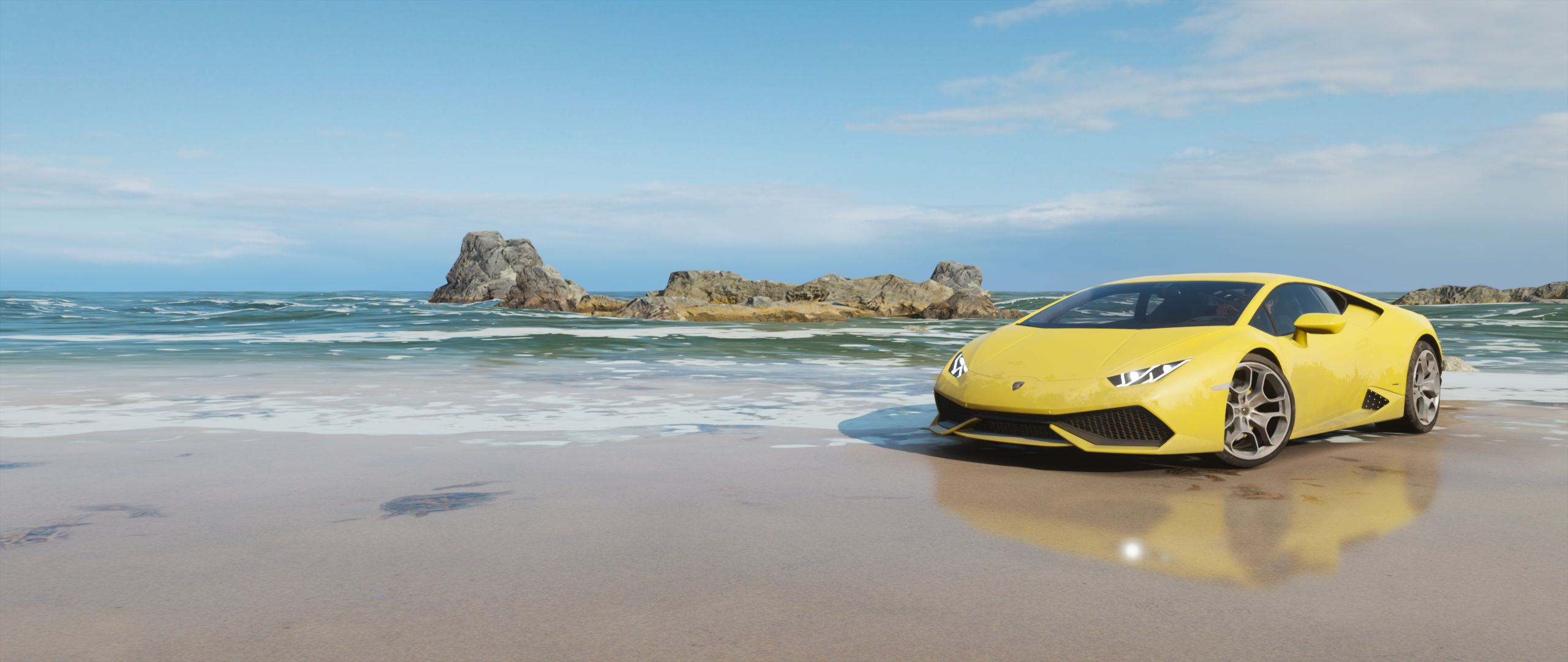
Forza Horizon 4 takes the series traditional Horizon festival and dumps it into a fictional representation of Great Britain, and is all the better for it. The main hook of Forza Horizon 4 are Seasons, which drastically change up the tracks, environments, and most importantly handling of vehicles. Developer Playground Games utilized a number of techniques that involve the use of satellite map data more than previous entries to get a better understanding of the topography of Britain, which allowed for a much richer and in-depth realization of the setting.
With 4 distinct seasons being the highly-touted factor for Forza Horizon 4, it stands to reason that the biggest changes come in the form of deformable terrain and associated weather effects receiving a big bump in quality. There are a number of new feature additions to the mix as well, with ambient occlusion and screen space reflections bringing some added royalty into the ever-expanding roster of cars screeching their tires across this gargantuan map. Of course, it still runs at a comfortable 30 fps on the Xbox One.
Given that Playground Games had access to Xbox One X development kits quite early on, Forza Horizon 4 runs at a steady 60fps on the upgraded machine – a series first for consoles. While it’s sure to knock down the resolution from pristine 4K down to 1080p, but it’s still better to have the novelty of choice nevertheless. Forza Horizon 4 on PC is expanded upon further from its predecessors, giving a bevy of options along with detailed performance benchmarking tools that can make tinkering a joy.
It’s still demanding to pull a 4K 60 fps at its highest settings on PC, but the game is noticeably much more optimized than before. The Xbox One version runs at the same mostly high settings as the PC port, while the Xbox One X achieves greater visual fidelity at 4 times the original’s resolution – matching which would require a beefy GPU such as the likes of a GTX 1070Ti.
Forza Horizon 5

This is the culmination of everything the series has been building towards – mechanically as well as graphically. Utilizing photogrammetry, Playground Games has managed to achieve an unparalleled level of complexity in the materials and meshes used in its environment, which is topped by foliage that looks to be much denser and reactive than ever before. There’s also a revamped volumetric lighting system, which adds a lot to the overall presentation as the atmosphere looks noticeably thicker than its previous renditions especially when the newly-added dust storms come into view. All in all, many of these techniques lend a huge sense of realism to the world at large, which is a fantasy that Playground’s premier franchise has constantly strived to achieve more of.
An interesting point in terms of graphics is that Forza Horizon 5 doesn’t actually have ray-traced reflections, though fans may be forgiven to think so given the high-resolution screen space reflections found throughout car bodies. Ray-tracing is in the game but is only supported in ForzaVista on next-gen.
Forza Horizon 5 is targeting a 4K 30 fps target for the quality mode on the Xbox Series X, while the performance mode will supposedly knock down a few settings to get it running at 60 fps. Since this is going to be a cross-gen release built to support a wide variety of PC hardware and 4 distinct consoles, the engine is touted to be more scalable than before which should in theory ensure that each and every mode feels great to play.










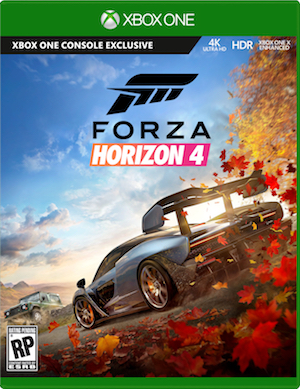

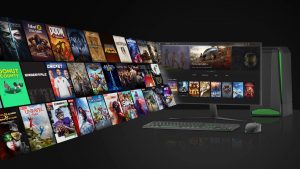




Share Your Thoughts Below (Always follow our comments policy!)